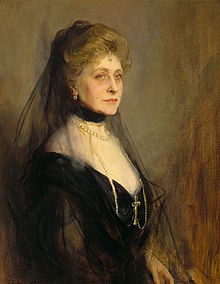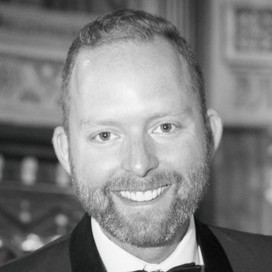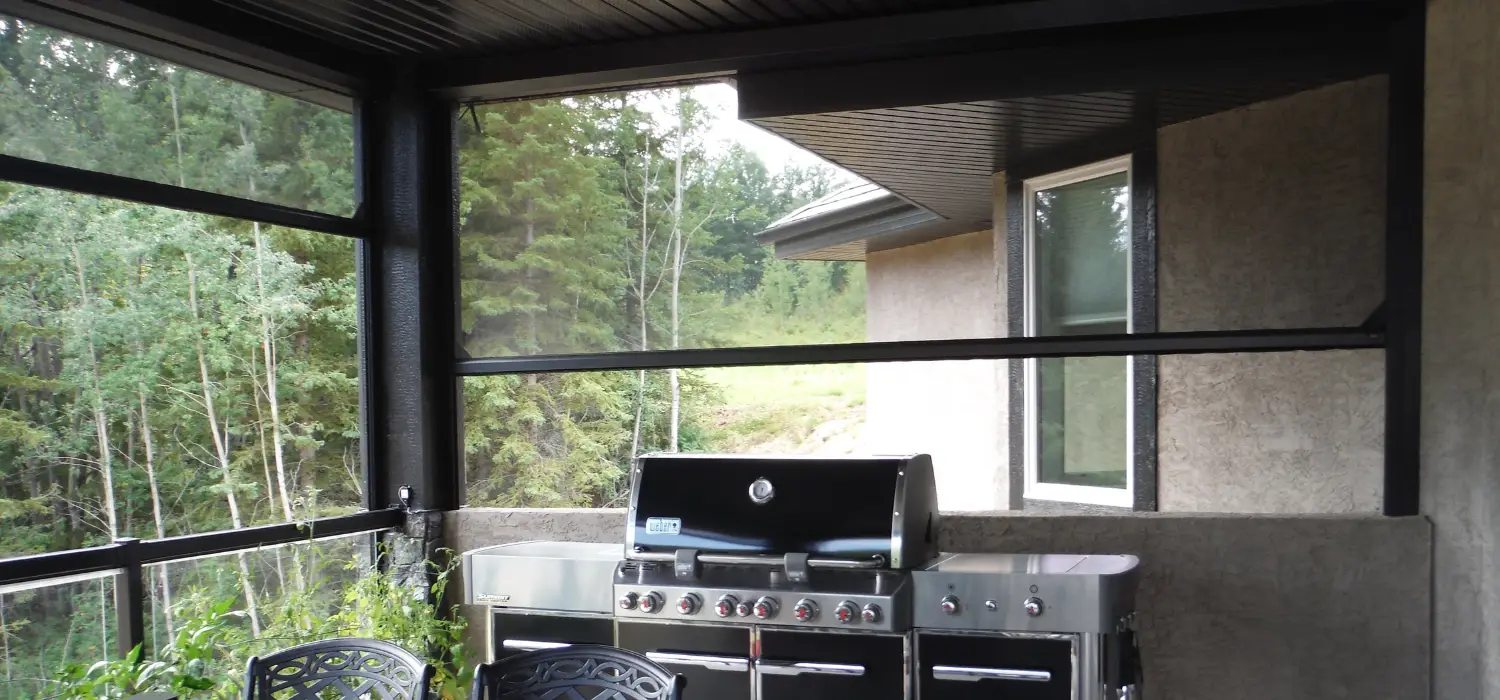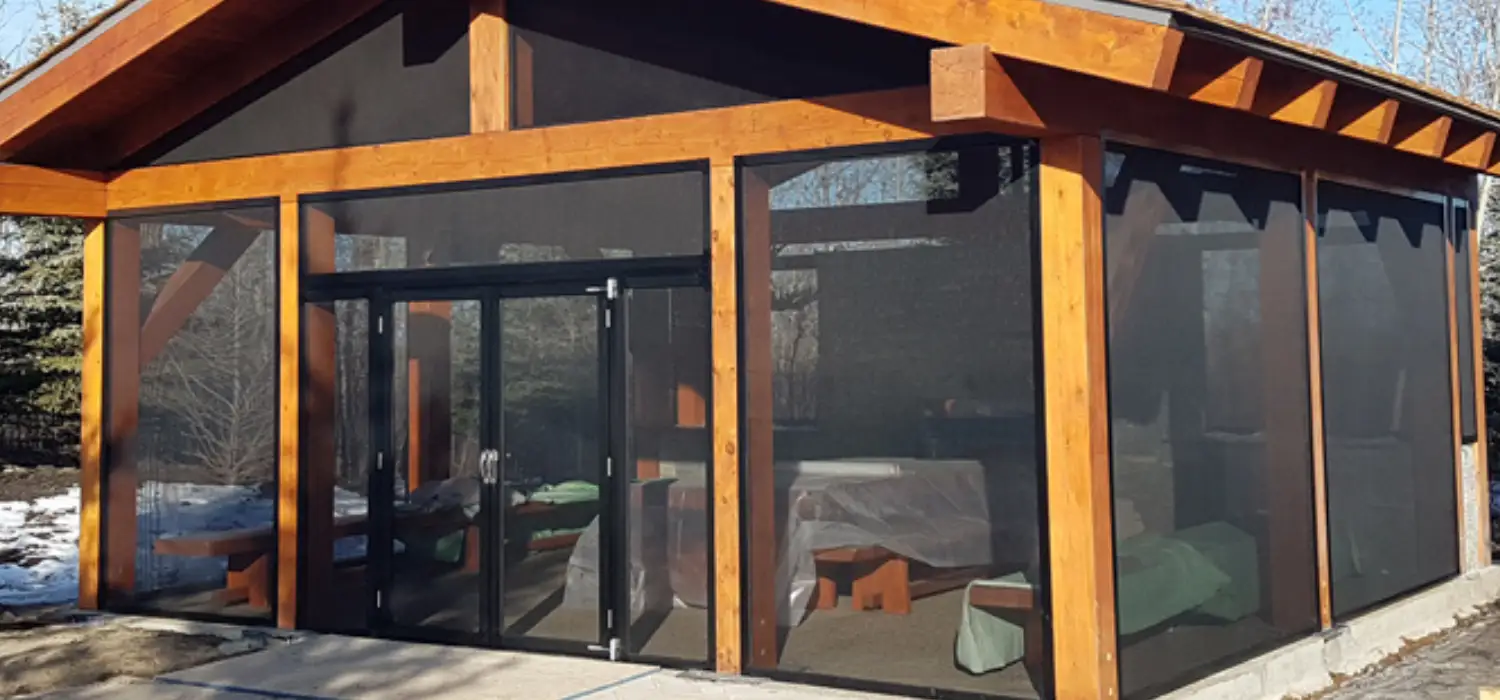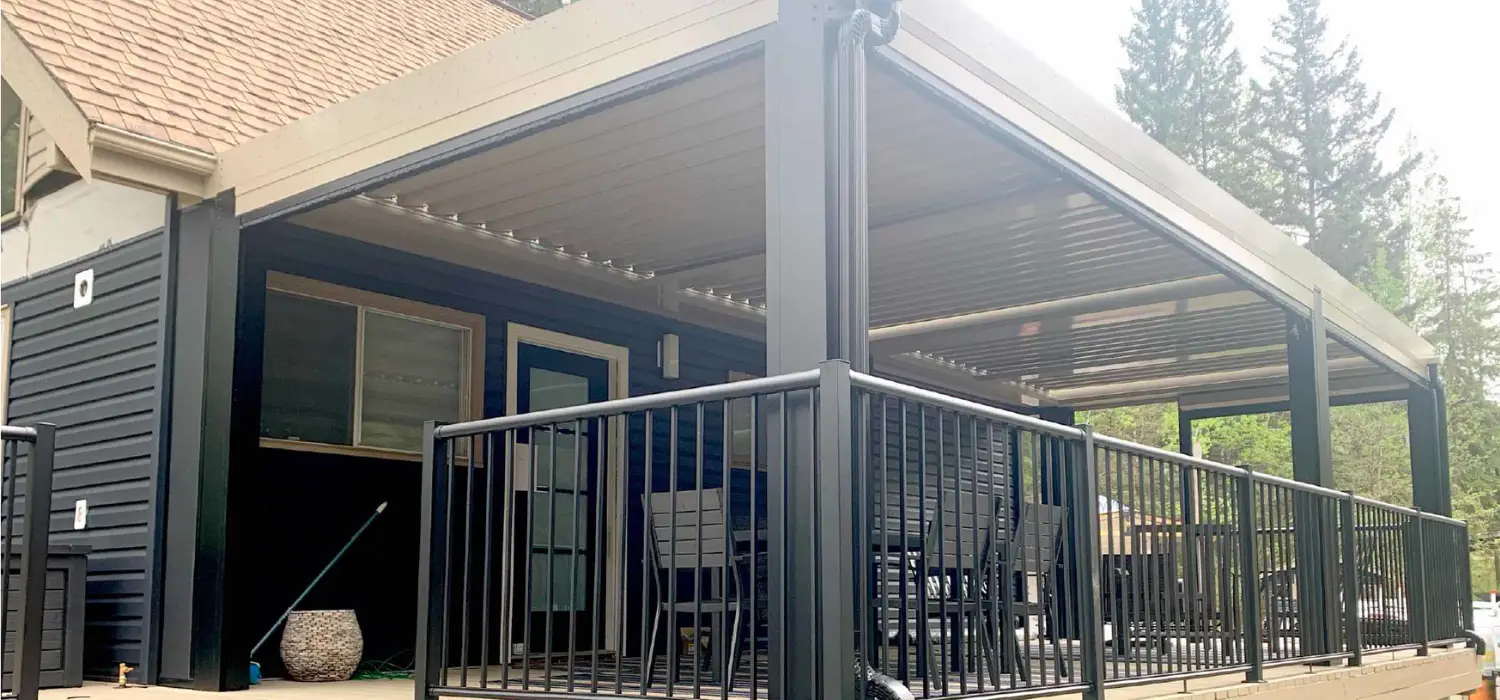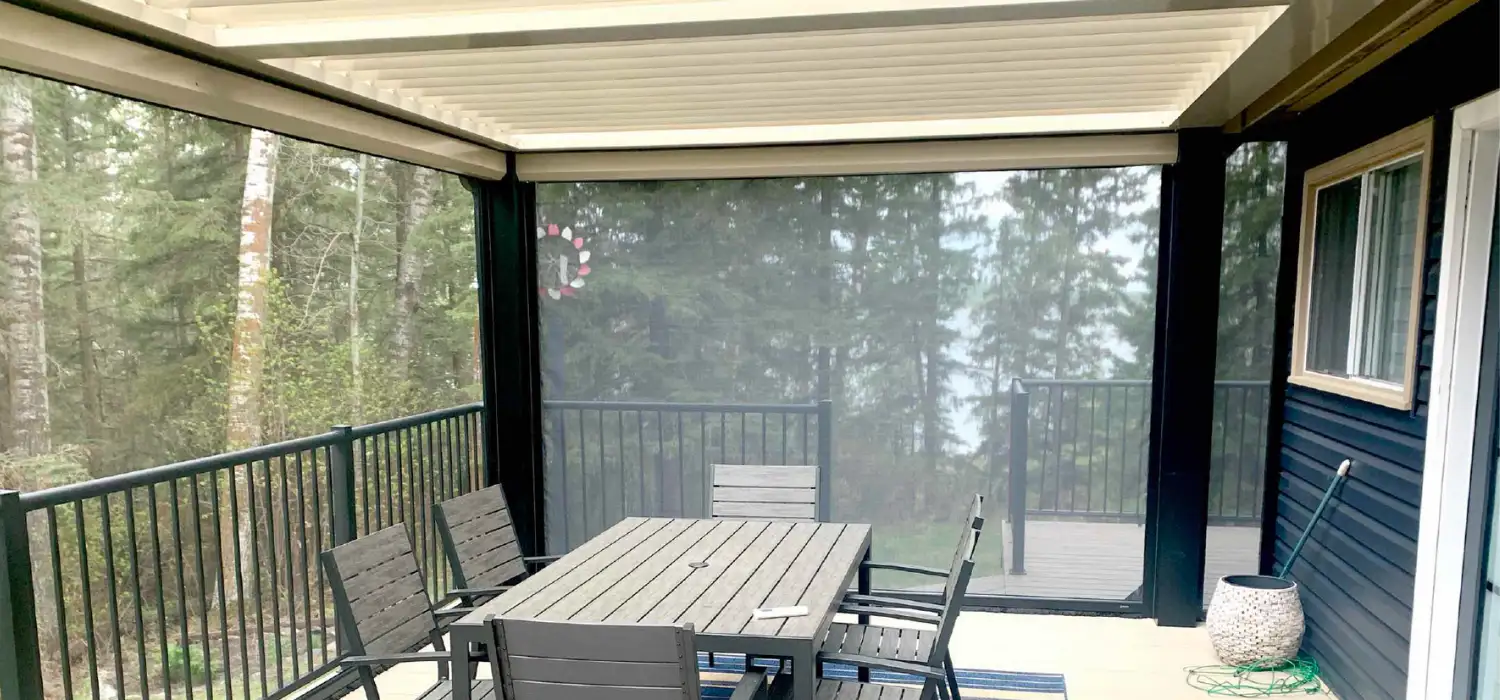Lake Louise makes Banff National Park the sensation that it is today, and is widely known for it’s stunning turquoise colour. This glacier-fed body of water, surrounded by many high peaks, is one of the most breathtaking sights in the Canadian Rockies, and has enthralled the minds of visitors, artists and mountaineers for more than a century. How did the name, Lake Louise, come to be?
In Britain, in 1818, Prince Edward, son of King George, married a German princess named Victoria. Victoria had a brother named Ernest, who was a Duke in Germany.
In 1819, Prince Edward and Princess Victoria had a daughter, who they named Victoria. A few months later, in Germany, Ernest and his wife had a son. They named him Albert. The births of the cousins were assisted by the same midwife.
In 1836, Victoria and her brother, Ernest, introduced their children, Victoria and Albert, with the intention to arrange a marriage. Victoria and Albert were 17 years old. Other family members were lobbying for other marriage arrangements, but Victoria took a liking to her cousin Albert and decided he would be the one she would marry.
A year later, at age 18, Victoria became Queen of the United Kingdom. She and Prince Albert continued to be interested in each other, and 2 years later Queen Victoria proposed marriage to Prince Albert. They were married four months later in 1840.
Queen Victoria and Prince Albert had their sixth child, their fourth daughter, in 1848. They named her Louise Caroline Alberta, and she was known as Princess Louise, Duchess of Argyll.
As a child, she was known to be inquisitive and bright. She had natural artistic abilities, expressed in drawing and dance. As she grew older, Princess Louise was described as the most beautiful of the family’s daughters, but her liberal and feminist leanings made her less appealing to suitors. She also had a reputation for being outspoken and stubborn.
As was tradition, many felt that Princess Louise should marry into a royal family of a European country, a cousin of some degree. Nevertheless, she fell in love with a man called John Campbell, a member of the British Aristocracy, and not a family member. Queen Victoria supported the relationship believing that ‘fresh blood’ would strengthen the family, both morally and physically. Princess Louise and John Campbell, the Marquess of Lorne, were married in 1871.
In 1878, John Campbell was named Canada’s new Governor General. Louise then became his Viceregal Consort. In terms of royalty, Louise outranked John, but in Canada, while he was Governor General, he outranked her. She was the first member of the Royal Family to ever take up residence in Rideau Hall. They lived in Canada until 1883.
In 1882, The District of Alberta was created and named in honour of Princess Louise Caroline Alberta. The District was enlarged and given provincial status in 1905.
Also in 1882, CPR workman Tom Wilson visited a lake known as ‘lake of the little fishes’ by the Stoney Nation. He named it Emerald Lake. Two years later, the name was officially changed to Lake Louise, in honour of Princess Louise.
In 1898, British scientist, mountaineer and explorer Norman Collie named the sixth highest peak of the Canadian Rockies, Mount Alberta.
Princess Louise died at Kensington Palace in 1939. Her legacy also includes:
• The Argyll and Sutherland Highlanders of Canada
• Princess Louise Dragoon Guards
• 8th Canadian Hussars
• Princess Louise Fusiliers

